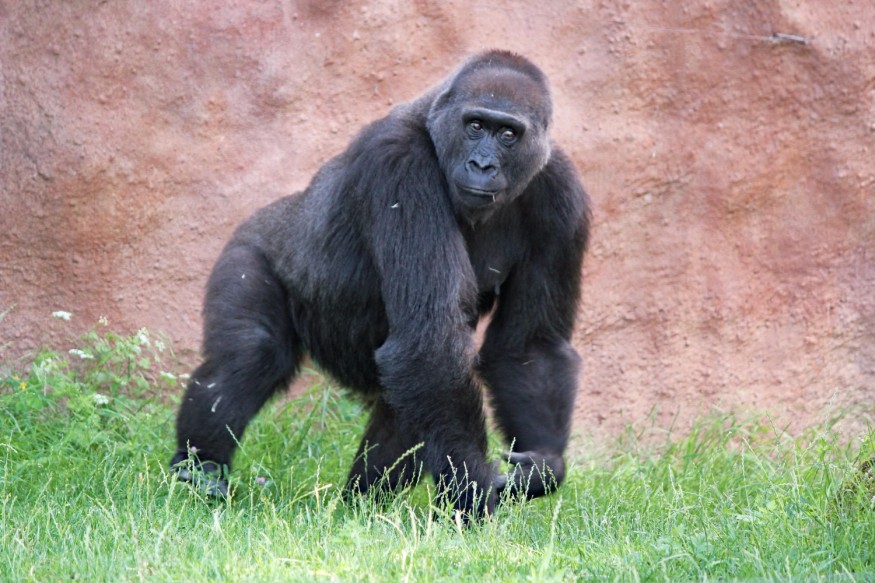
Scientists previously theorized that a species with bigger brains also have greater cognitive ability, yet this recent finding has suggested that Australopithecus might not be more intelligent than the modern ape.
Cognitive ability is generally defined as the ability to reason out, solve problems, plan, think in the abstract, and learn from life experiences. After the humans, Australopithecines, the pre-human group where the famous Lucy was categorized, is said to have superior mental capacity due to their brain size.
It was generally accepted on humans since it has been observed. Yet the uncertainty for other species, especially the primates, is quite high.
Size might not matter at all
The study published in the journal Proceedings of the Royal Society B introduced a new cognitive ability assessment method that relies on the energy required by the brain to perform its cognitive function, rather than the brain size alone.
Roger Seymour, the author of the study, claimed that the intellectual capacity of both past and present species can be determined through their physiological characteristics.
True to his idea, the study evaluates the metabolic rate of the brain.
The assessment starts first on the size of carotid foramina, the holes in the skull where arteries pass to transport oxygen all over the brain. The bigger the hole, the bigger the arteries, and the scientists believed that it also means a higher demand for energy.
Seymour compared it to the muscles. Someone who has stronger and bigger muscles also demands more oxygen, which will cause the arteries in the muscles to expand its size.
The synapses, which Seymour described as a "little computer", are where most of the brain's cognitive power can be found. It also demands the 70 percent of the brain's energy. So the more an individual uses it, the more energy is required.
Between the humans, great apes, and Australopithecines, the latter have the least size of carotid foramina, suggesting the lowest blood flow rate too. Assuming Seymour's theory is correct, this means the size of the brain of Australopithecines, which is bigger than most great apes species, means nothing to their intellectual capacity.
The Conclusion
The scientists concluded that Lucy may not be more intelligent than present great apes. However, this finding does not necessarily mean the total abolition of the former method of estimating the cognitive ability of a species.
The study only suggests that the volume of the brain is not the only determinant, said Seymour who led the study conducted by the University of Adelaide's School of Biological Sciences in Australia.
He also said that some small animals have a small brain yet appeared to be extremely intelligent, and the opposite is observed on the fish that are among the largest ratios between brain size and body size.
For instance, sperm whale has the biggest brain in the world. It can weigh up to 18 pounds (8.16 kg) and is at least five times bigger than the human brain. However, it is not the smartest creature in the world. Dolphins and some other whale species have a better cognitive ability.
© 2026 NatureWorldNews.com All rights reserved. Do not reproduce without permission.





